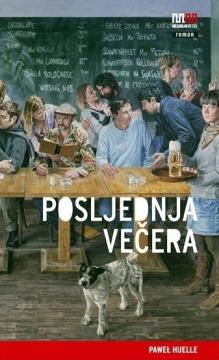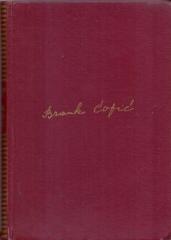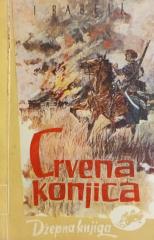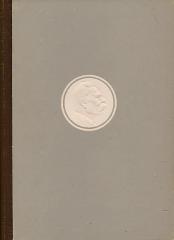
Posljednja večera
Radnja romana odvija se tokom samo jednog dana u Gdanjsku. Junaci romana su poznanici koji bi trebalo da stignu u dogovoreno vreme na zajedničko fotografisanje, a prema snimljenoj fotografiji njihov zajednički prijatelj će slikati Tajnu večeru.
Prema Pšemislavu Čaplinskom, poljskom književnom kritičaru, Tajna večera je Huelov najbolji roman napisan od ranih 1990-ih, u kojem prikazuje Poljsku u kojoj uspon svetosti dovodi do porasta mržnje. Sudbina likova takođe odražava sudbinu čitave jedne generacije u Poljskoj i otkriva odnos prema religiji i pozadinu stereotipne slike poljske čvrsto ukorenjene praktične religioznosti.
U satiričnom i grotesknom tonu roman savremenog poljskog pisca asocira na čuvenu Leonardovu sliku, a preko nje i čuveni novozavetni motiv Tajne večere, ali priča, smeštena u turbulentna vremena današnje Poljske, ima čitav niz slojeva koji presecaju ustaljene stereotipe o religioznosti, o tome da se u opštem društvu suočava sa izazovima o svetosti2 1. vek.
Jedan primerak je u ponudi





